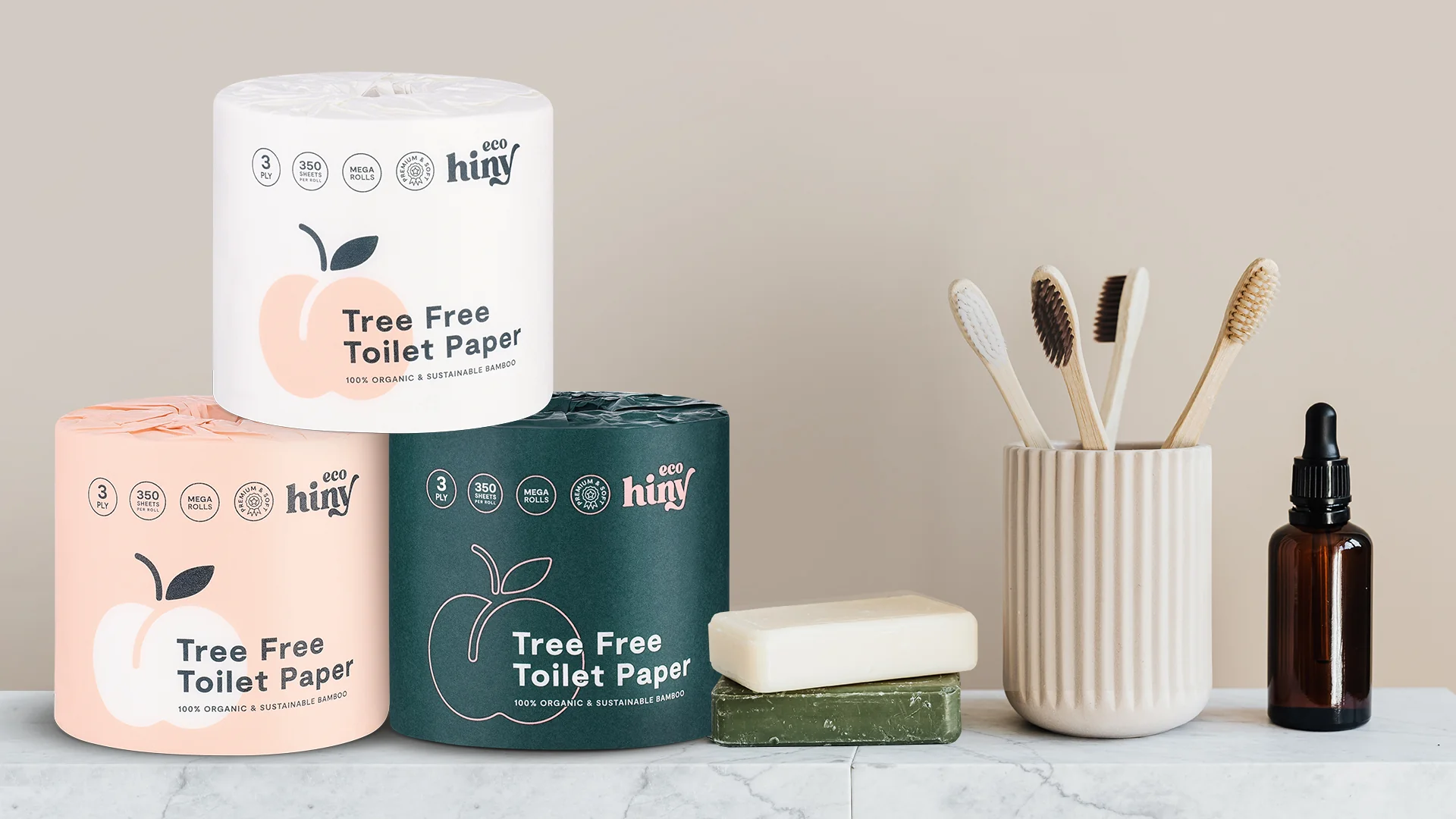In the realm of bathroom essentials, few items are as ubiquitous and essential as toilet paper. Yet, despite its widespread use, there are numerous myths and misconceptions surrounding this everyday product. In this article, we aim to unravel the truth behind these common toilet paper myths and set the record straight.
Myth 1: Thicker Toilet Paper Is Always Better
One prevailing misconception is that thicker toilet paper is synonymous with better quality. While it’s true that thicker toilet paper may provide a certain level of comfort, it doesn’t necessarily equate to superior performance or environmental friendliness. In fact, thicker toilet paper might be less efficient in septic systems and can contribute to plumbing issues. The key lies in finding a balance between thickness and functionality, considering factors like dissolvability and toilet paper manufacturing process environmental impact.
Myth 2: Recycled Toilet Paper is Inferior
Another prevalent myth is that recycled toilet paper is of lower quality compared to its non-recycled counterparts. However, advancements in recycling technology have paved the way for high-quality recycled toilet paper that is just as soft and durable as virgin paper. Choosing recycled toilet paper is an environmentally conscious decision that reduces the demand for virgin wood pulp and minimizes the overall ecological footprint of toilet paper production.
Myth 3: The More Ply, the Better the Clean
Many consumers believe that a higher ply count equates to better cleanliness and hygiene. However, the number of plies alone does not determine the effectiveness of toilet paper. Single-ply toilet paper can be just as effective in providing a clean experience when designed with quality and strength in mind. Additionally, high-quality single-ply options are often more biodegradable and environmentally friendly than their multi-ply counterparts.
Myth 4: Colored Toilet Paper is Harmful
Colored toilet paper has been surrounded by myths, with some people believing that the dyes used can cause irritation or health issues. In reality, reputable toilet paper manufacturers adhere to strict safety standards, ensuring that the dyes used are safe for contact with the skin and pose no harm. However, it’s essential to be cautious and choose products from reputable brands to ensure the safety and quality of colored toilet paper.
Myth 5: Wipes Are Flushable and Safe for Sewer Systems
The rise of wet wipes as an alternative to traditional toilet paper has led to a common misconception that all wipes labeled as “flushable” are safe for sewer systems. Unfortunately, many wipes, even those marketed as flushable, do not break down easily and can cause blockages in pipes and sewage systems. It’s crucial to follow manufacturer guidelines and, when in doubt, dispose of wipes in the trash to prevent costly plumbing issues.
Myth 6: Toilet Paper Production Is Harmful to the Environment
While the production of toilet paper does have environmental impacts, the industry has made strides in adopting more sustainable practices. Many manufacturers use recycled materials, responsibly sourced wood pulp, and eco-friendly production processes. Consumers can further contribute to sustainability by choosing products with eco-friendly certifications, such as FSC (Forest Stewardship Council) certification, and by practicing responsible consumption.
Conclusion: Making Informed Choices for a Cleaner Future
In conclusion, breaking down common toilet paper myths reveals that there is more to consider than meets the eye. Thickness, ply count, and color are not the sole indicators of toilet paper quality, and recycled options can be just as reliable. By staying informed and making conscious choices, consumers can contribute to a cleaner and more sustainable future in the realm of bathroom essentials. So, the next time you reach for that roll of toilet paper, remember that there’s more to the story than meets the eye, and making informed choices can make a positive impact on both your well-being and the environment.
Top of Form




